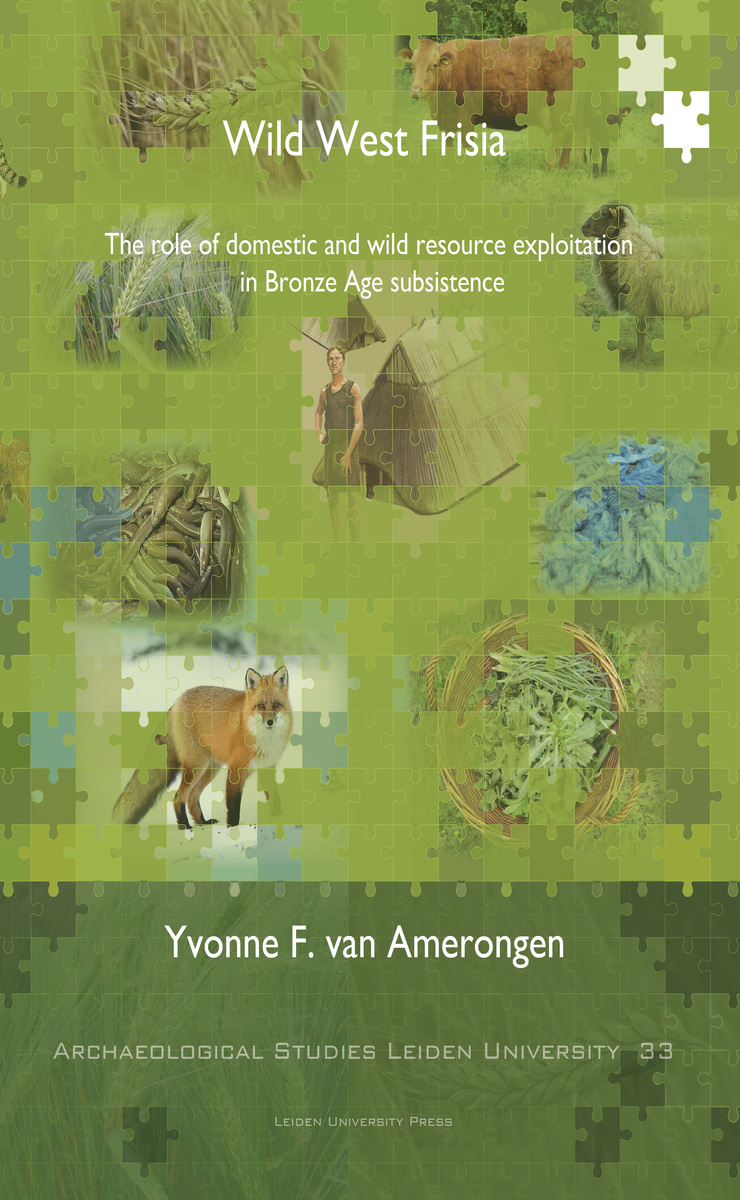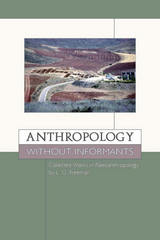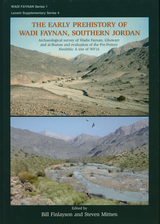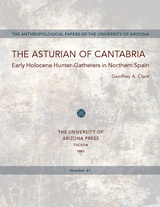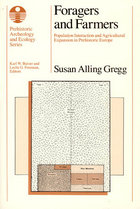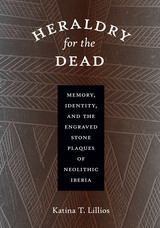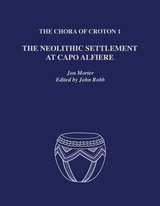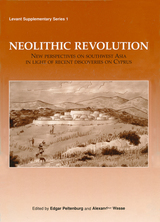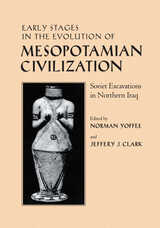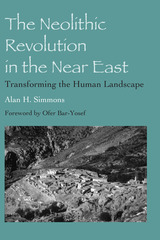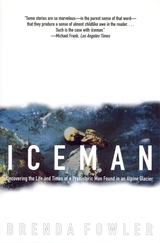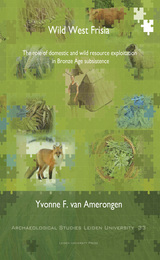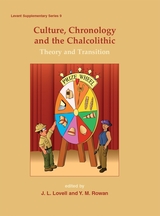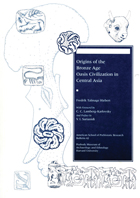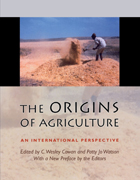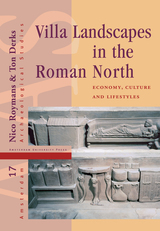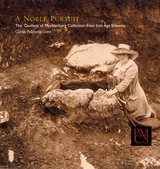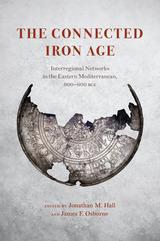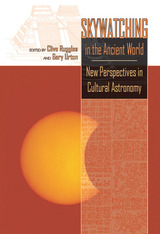Wild West Frisia: The Role of Domestic and Wild Resource Exploitation in Bronze Age Subsistence
Leiden University Press, 2017
Paper: 978-90-8728-269-1
Library of Congress Classification GN778.22.N4A44 2016
Dewey Decimal Classification 936.401
Paper: 978-90-8728-269-1
Library of Congress Classification GN778.22.N4A44 2016
Dewey Decimal Classification 936.401
ABOUT THIS BOOK | AUTHOR BIOGRAPHY | TOC
ABOUT THIS BOOK
Wild West Frisia reconstructs the daily lives of Bronze Age farmers and analyzes the separate components comprising Bronze Age subsistence (i.e. crop and animal husbandry, hunting and gathering) rather innovatively. Instead of summarizing the known data for each subsistence strategy and drawing conclusions solely based on these observations, this study first determines what may have been present yet perhaps is no longer visible. In doing so, the author learns that the exploitation of wild resources was perhaps just as important as crop domestication for those living in the Bronze Age.
See other books on: Animal remains (Archaeology) | Netherlands | Plant remains (Archaeology) | Prehistoric peoples | Role
See other titles from Leiden University Press
